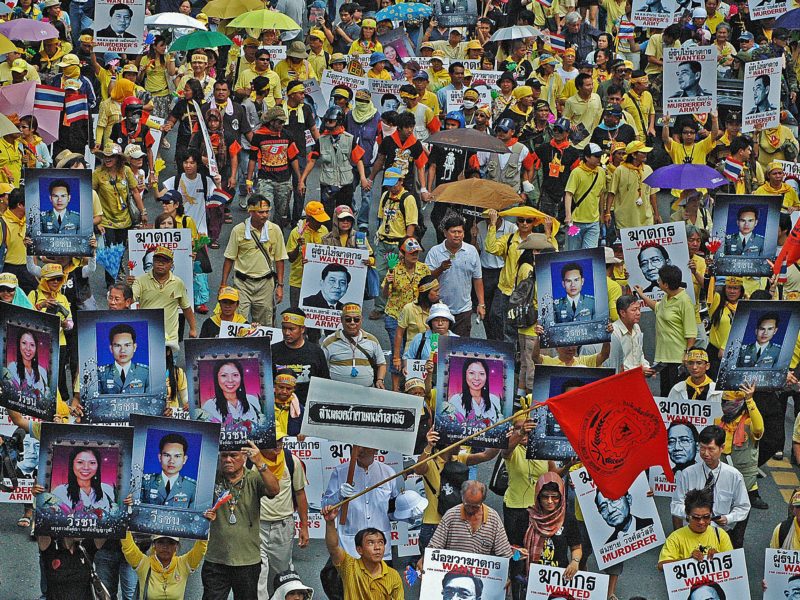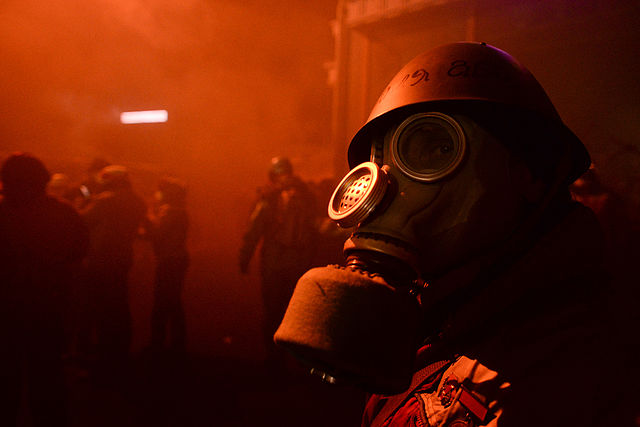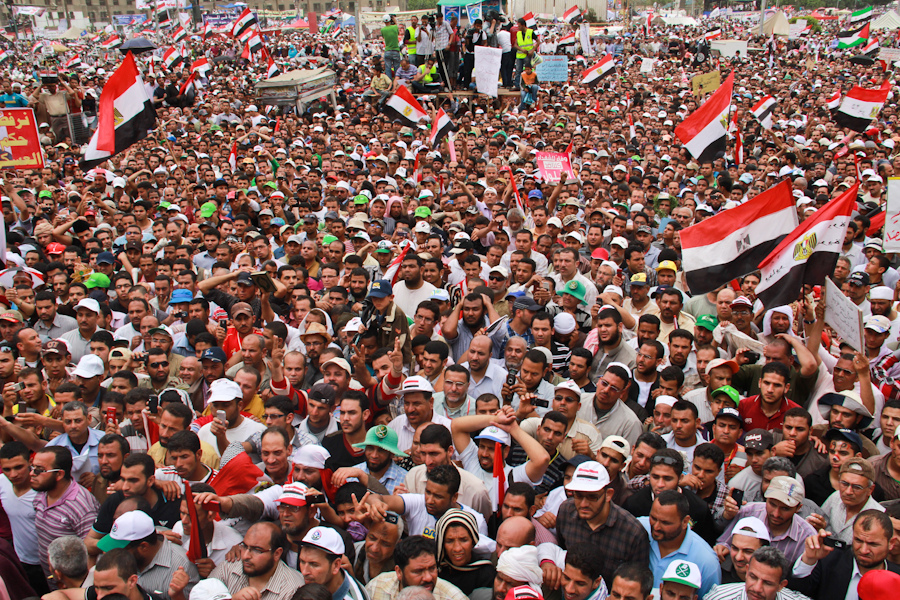Guest post by Kana Inata
In January 2006, when the scandals of Thai Prime Minister Thaksin Shinawatra came to light, anti-government protests exploded in the center of Bangkok. The People’s Alliance for Democracy (PAD), so-called yellow shirt demonstrators, vociferously called for Thaksin’s resignation and spearheaded rallies and demonstrations, mobilizing tens of thousands of middle- and upper-class crowds that included university students, journalists, and white-collar workers. Thaksin rejected the protesters’ demands, and the anti-Thaksin protests finally led to a military coup. While the coup appeared to eliminate the influence of Thaksin, Somchai Wongsawat, Thaksin’s brother-in-law, became the prime minister in 2008. The PAD responded by attempting to detain more than 300 legislators and senators inside the parliament building and seizing the Suvarnabhumi Airport for more than a week.
Despite the severe political and economic damage caused by the PAD activities, Somchai remained firm and was forcefully removed from office by the Constitutional Court. Although the protestors may have influenced developments, they knew they failed to achieve their goal of eliminating Thaksin’s influence from Thai politics when Thaksin’s sister became the prime minister in 2011.
Why do some mass protests fail? Many people believe in the power of numbers. To pressure governments and win political concessions, protest groups tend to strive to mobilize the greatest number of participants and resources as possible. Conventional political science research suggests that the greater the mobilization of resources, the more powerful—and likely to win—protest groups are. Thanks to the development of social media and digital communication, protesters today, from the Arab Spring to Occupy movements, enjoy more mobilization advantage than any protesters in recent memory.
But is it really the case that the more resources are mobilized, the more successful a protest will be? A look at protests around the world raises two questions: first, why do some large-scale protests fail to win government concessions? Second, why do some protest groups spend resources on organizational structures, which could instead be used to put immediate pressure on policymakers?
To answer these questions, I examined the hypothetical strategic interactions between a democratic government and two protest groups with competing policy goals. In my theoretical model, a protest group opposing a status quo policy is required to allocate its resources toward protest activity and organizational structures while anticipating how the government and the rival protest group—which wants to maintain the status quo—will respond. Three key findings were identified.
Too much mobilization of resources by one side provokes counter-mobilization by the other
Let us assume that a protest group expends all of its resources on protest activities to draw policy concessions from the government. Conventional wisdom suggests that this is a way to maximize the probability of policy concessions. However, it turns out that excessive mobilization of resources in protest activities perversely undermines the protest group’s ability to influence the government policymaking process. This is because the rival group, fearing that the government will concede, reacts by organizing a counter-protest that offsets the impact of the original protest. In other words, the volume of resources does not automatically translate into more effective protest activities.
Several protests around the world support this idea. In Thailand, yellow-shirt protests by the PAD successfully mobilized anti-Thaksin supporters, while their radical tactics, such as airport seizure, provoked the red-shirt protests, which mobilized pro-Thaksin supporters. In many parts of the world, violent protests by far-right activists often encounter anti-racist movements.
Investing resources in organizational structures reduces the probability of counter-protests
How can resourceful protest groups overcome the problem that their protests may provoke counter-protests? The solution is the investment of resources in organizational structures. At first glance, investing resources in organizational structures seems irrational since it means that protest groups reduce the amount of resources available to inflict immediate damage on the government.
But allocating resources to organizational development improves the protest groups’ ability to influence the policymaking process by reducing the likelihood of counter-protests by rival groups seeking to prevent policy changes. This improves their odds of winning concessions from the government.
Greater mobilization of finances and manpower often has the unintended effect of communicating radicalization and threat to rivals, provoking a response that ultimately reduces the odds that the protest group will succeed. These theoretical findings are consistent with recent empirical findings that nonviolent resistance is more effective than violent resistance, which is further supported by arguments put forth by terrorism studies—that radical tactics tend to backfire.
Why investing in organizational structures matters
When it comes to investing in organizational structures, we tend to consider the long-term impact: stronger leadership, better coordination between members, and more stable financial resources in the hands of the membership base. My research shows that the process of organizational development itself also plays a role in the success of protest groups, even in the short term.
Investing in organizational development communicates a commitment to de-radicalization in a credible and observable manner. This is associated with principles of transparency which are highly valued in democracies. Once a protest group obtains corporate status, it must publicly disclose information about membership, organizational size, and issue settlement reports. The transparency and structure that organizational development brings pays dividends to protest groups in the short and long term, in democratic political environments. (The same may not be true in autocracies, where governments might take advantage of the reduction of resources by suppressing protest groups.)
There are more anti-government protests today than ever before. Many are unfolding in democratic contexts, and semi-democratic contexts, and they remain an important tool for citizens. Protesters should heed the lessons of failed mass protests—that failure may not simply be a matter of insufficient manpower and money. Simply raising more money and assembling more people—and placing significant, immediate pressure on governments—may not always be effective. But a strategy of credibly signalling to rivals a willingness to deradicalize their own activities and build up organizational capacity in the long term can make a significant difference during protests.
Kana Inata is an assistant professor at Waseda University in Tokyo.






